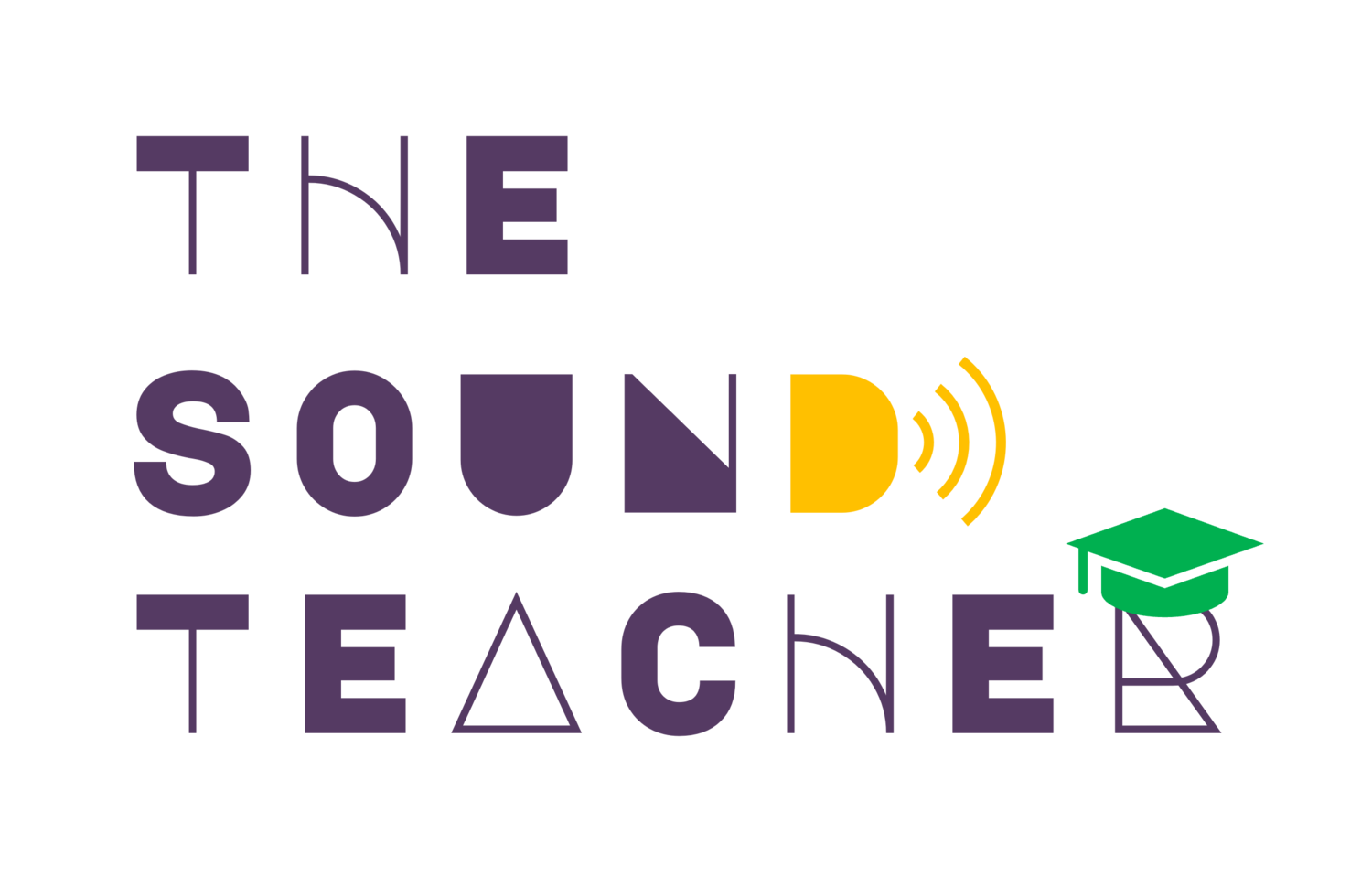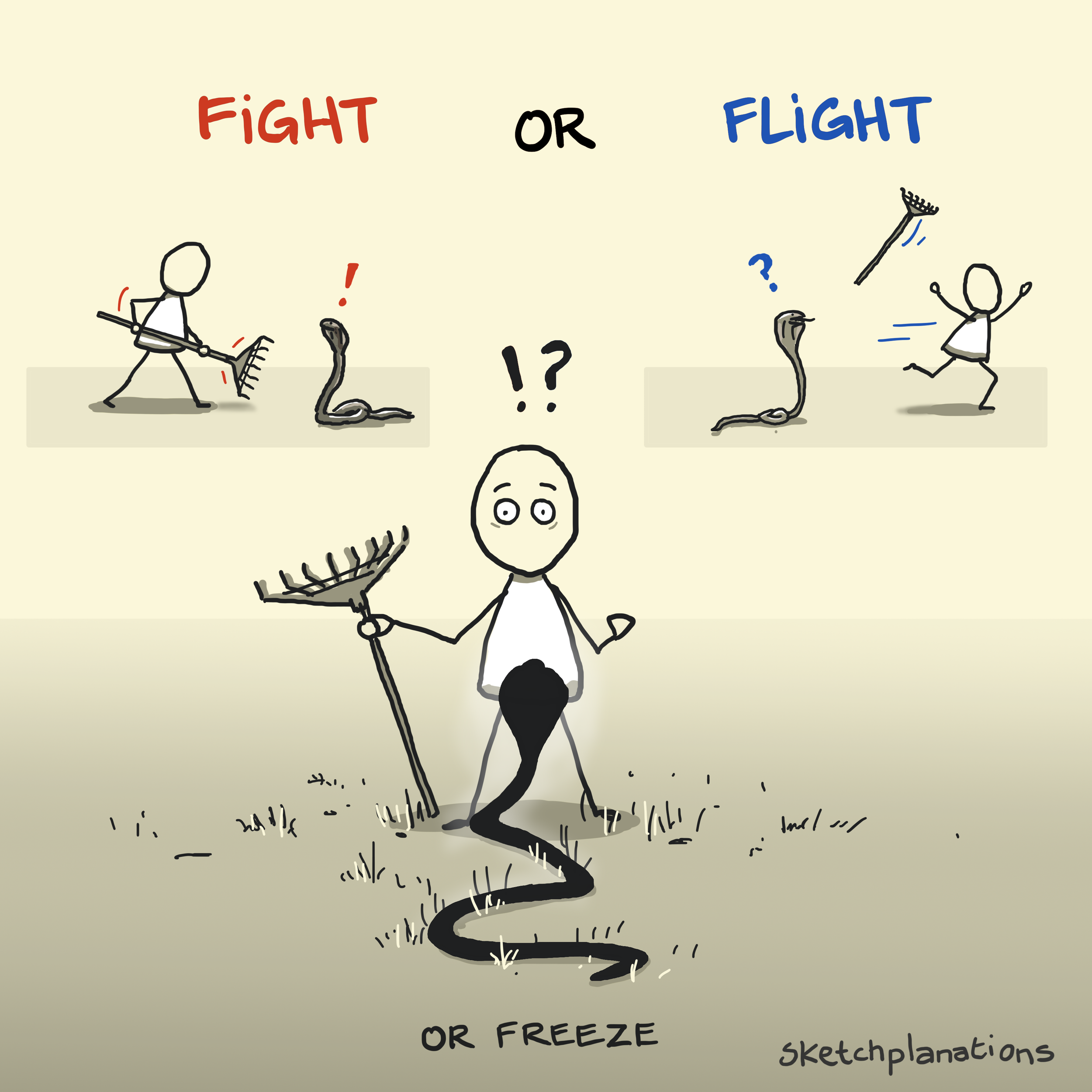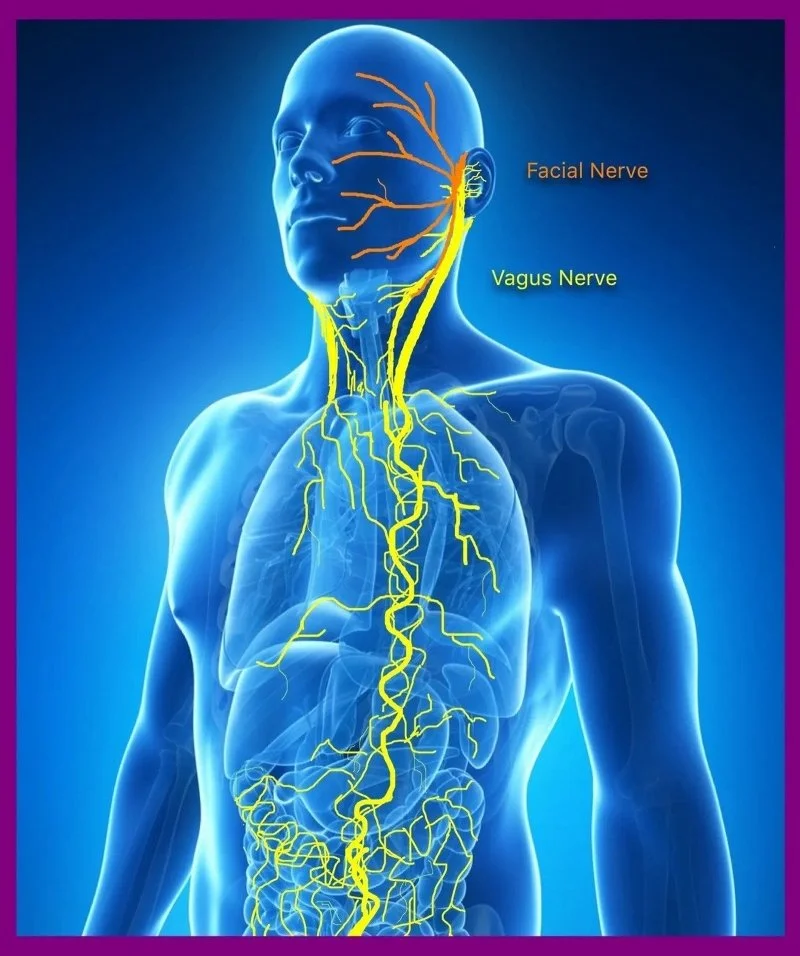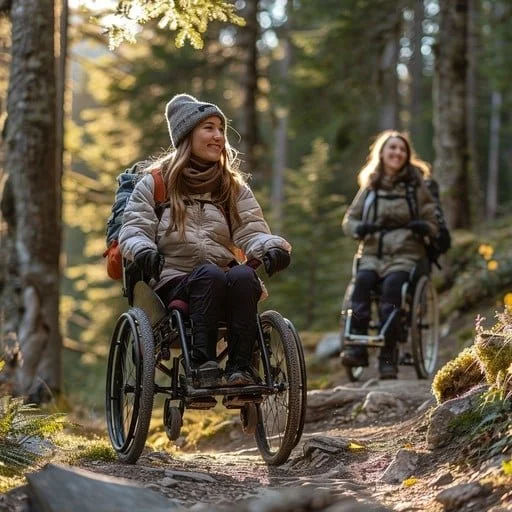Vagus Vibes
The vagus nerve plays a key role in regulating bodily responses and alertness. In this blog I describe how both physical activity and listening therapy can activate alertness circuits, aiding in overcoming conditions such as procrastination, brain fog, inertia and even transition paralysis.
Autonomic nervous system
The autonomic nervous system has two main branches: the sympathetic nervous system, which increases alertness from calm to panic states, and the parasympathetic nervous system, which promotes rest, digestion, sleep, and relaxation.
Functions of the sympathetic nervous system
The sympathetic nervous system is responsible for healthy wakeful alertness as well as stress and panic, and should not be simplistically viewed as only fight or flight.
Functions of the parasympathetic nervous system
The parasympathetic nervous system controls digestion, sleep onset, and can induce sleepiness, fainting, or coma if overly activated, highlighting its role beyond just rest and digest.
Image source: Fatigue at the British Museum
The vagus nerve
Also known as cranial nerve 10, it is the longest of the 12 cranial nerves and is vital to the parasympathetic nervous system.
The vagus nerve starts in the brainstem and reaches the abdomen.
It acts as a primary communication pathway, transmitting signals between the brain and essential organs while regulating bodily responses.
Image source: Anatomy, Head and Neck: Anterior Vagus Nerve
Activating the sensory branch of the vagus nerve for relaxation
Activating the sensory branch of the vagus nerve, which carries mechanical pressure or vibrations from the head (specifically around and behind the ear), leads to increased relaxation by sending signals to brainstem areas that induce parasympathetic calming effects. The Tomatis® method uses auditory stimulation to impact the vagus nerve.
Vagus nerve's role in motivation and alertness
The vagus nerve also activates brain areas involved in motivation and movement propensity, especially through large leg and trunk muscles. Physical activity, even when motivation is low, can trigger this pathway, enhancing alertness and desire to move.
Image source: https://www.ideafit.com/influencing-childhood-activity/
Practical implications for overcoming lethargy
Engaging in physical activity with a warm-up, such as light calisthenics or treadmill walking, can significantly boost alertness and motivation.
Effortful activities like sprinting, resistance training or squats are particularly effective in shifting brain and body states to increase energy for physical and cognitive tasks.
Exercise and brain plasticity mechanisms
Exercise enhances brain plasticity and learning through mechanisms like increased brain-derived neurotrophic factor and lactate, which facilitate plasticity. A major way exercise improves brain function is by raising alertness levels via neural circuits involving the adrenals, vagus nerve, and locus coeruleus (a nucleus in the brainstem responsible for arousal).
Alertness activation without pharmacology
Exercise activates alertness circuits naturally, offering a powerful alternative to stimulants like caffeine. This activation can be consciously leveraged to improve motivation, focus, and learning without relying on pharmacology.
Vagus nerve - a viable alternative to stimulants.
Use listening therapy and physical activity especially when stimulants are unavailable or undesirable.
Vagus nerve’s role in brain activation
The vagus nerve not only calms but also actively wakes the brain during physical activity, especially when large muscle groups are engaged. This pathway mirrors reflexive alertness responses to threats, releasing adrenaline and activating brain networks for motivation and focus.
Try to engage the large muscle groups and trunk muscles.
Practical implications for motivation and brain fog
Many people fail to activate these alertness circuits due to inactivity or lethargy, contributing to low motivation and brain fog. Understanding and using these neural pathways can provide agency to overcome states such as procrastination and even inertia or transition paralysis.
Physical activity and Tomatis® auditory stimulation can activate alertness circuits.
The Tomatis® method of auditory stimulation impacts the vagus nerve, enhancing alertness and motivation similar to exercise. Both listening therapy and physical activity can stimulate pathways that improve alertness, helping to reduce procrastination and mental fatigue.
This dual approach offers a viable alternative to stimulants like caffeine or medications when they are unavailable or not preferred.









